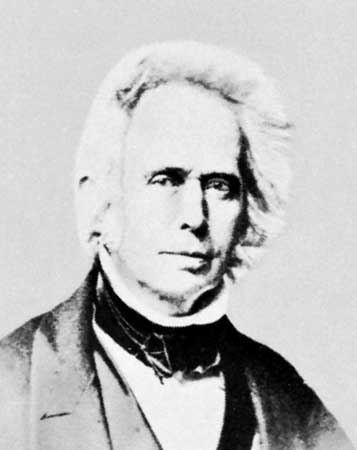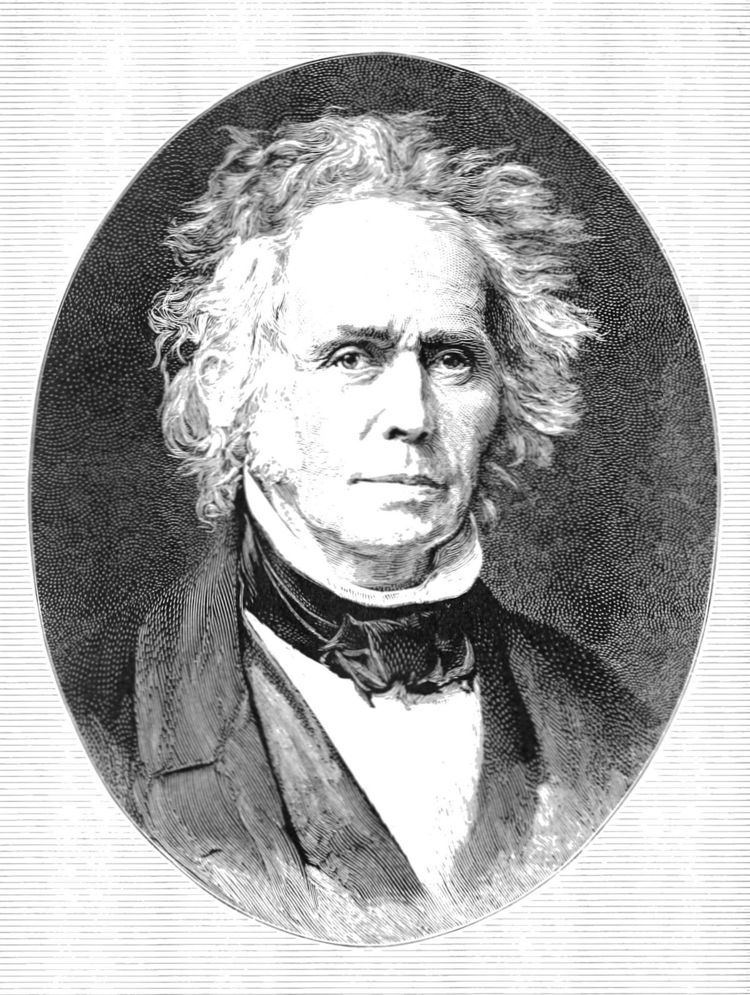Nationality United States Fields astronomy | Name William Bond Children George Phillips Bond Role Astronomer | |
 | ||
Born September 9, 1789Falmouth, Maine ( 1789-09-09 ) Institution Harvard College Observatory Books History and Description of the Astronomical Observatory of Harvard College and Results of Astronomical Observations Made at the Observatory of Harvard College | ||
William cranch bond s completely detached gravity escapement
William Cranch Bond (9 September 1789 – 29 January 1859) was an American astronomer, and the first director of Harvard College Observatory.
Contents
- William cranch bond s completely detached gravity escapement
- Upbringing
- Amateur astronomer
- Trip to Europe
- Harvard Observatory
- Discoveries
- Legacy
- References

Upbringing
William Cranch Bond was born in Falmouth, Maine (near Portland) on September 9, 1789. When he was young, his father, William Bond, established himself as a clockmaker after a failed business venture; trained by his father and aided by his penchant for engineering, W. C. Bond built his first clock when he was fifteen years old. He eventually took over his father’s business, becoming an expert clockmaker himself. The William Bond clock shop remained in existence at 9 Park Street in Boston until the 1970s..
Amateur astronomer
In 1806, when he was seventeen years old, Bond saw a solar eclipse. Soon thereafter, he became an avid amateur astronomer. When he built his first house, Bond made its parlor an observatory, complete with an opening in the ceiling out of which his telescope could view the sky.
Trip to Europe
In 1815, Bond traveled to Europe, commissioned by Harvard University to gather information on European observatories. On 18 July 1819 at Kingsbridge in Devon, England, Bond married his first cousin, Selina Cranch, who bore him four sons and two daughters. After Selina's death in 1831, Bond married her older sister, Mary Roope Cranch. He was elected a Fellow of the American Academy of Arts and Sciences in 1832.
Harvard Observatory
In 1839, Bond was allowed to move his personal astronomical equipment to Harvard and serve as its (unpaid) "Astronomical Observer to the University." Later, in 1843, a sun-grazing comet aroused enough public interest in astronomy that Harvard was able to raise $25,730 towards the construction of a state-of-the-art observatory. Bond designed the building and the observing chair (both of which are still in working order today), and Harvard bought a fifteen-inch German-built refracting telescope, equal in size to the largest in the world at the time. The telescope was first put to use on June 24, 1847, when it was pointed at the moon.
Discoveries
Legacy
A number of celestial objects have been named in Bond's honor. A few of them include:
